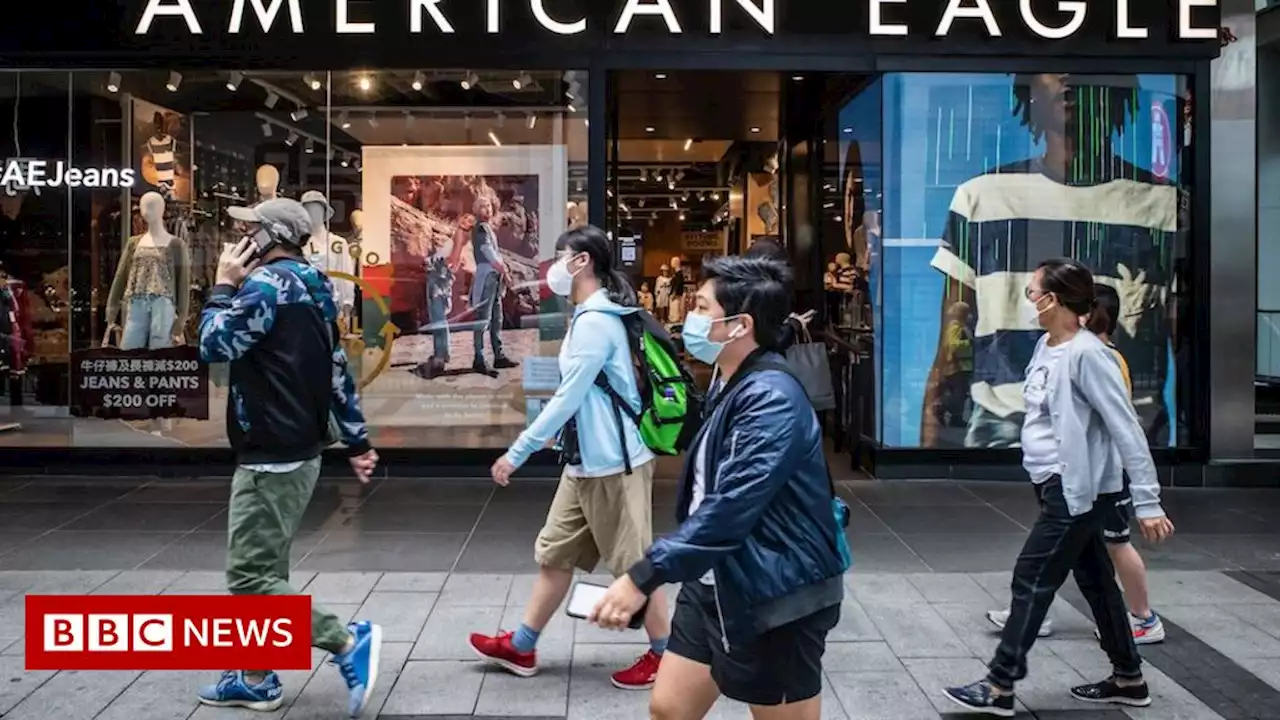We asked our journalists around the world to give us a snapshot of life two years into the pandemic.
Two years after the US went into its first lockdown, the country is getting nearer to a pre-pandemic existence. But what about the rest of the world?
We asked our correspondents in the UK, Hong Kong, S Africa, New Zealand, Canada, Peru and the US to give us a snapshot.England's last remaining Covid restriction - the legal requirement to isolate after a positive test - was lifted at the end of February. It has meant that despite the surge in infections caused by the Omicron variant the number of people dying has been similar to what would normally be seen during a normal winter.
Then, this week, came a raspy Whatsapp voice message. "We've all got bloody Covid! It has gone nuts."While tough lockdowns and virtual isolation helped the country get a reputation as a Covid success story, now transmission rates have soared. But mandates, meaning unvaccinated people in some sectors lost their jobs, led to three weeks of protests in the capital Wellington and remain in place.
Today, it has the world's highest death rate, with most of the victims being unvaccinated elderly. More than half a million have caught the virus. That said, Peruvians are probably more preoccupied with the country's political crisis than health at the moment. The country's President Pedro Castillo is now on his fourth cabinet in seven months. His predecessor, Martin Vizcarra, who led the country through the initial lockdown, was impeached in 2020.Robin Levinson King, Toronto
